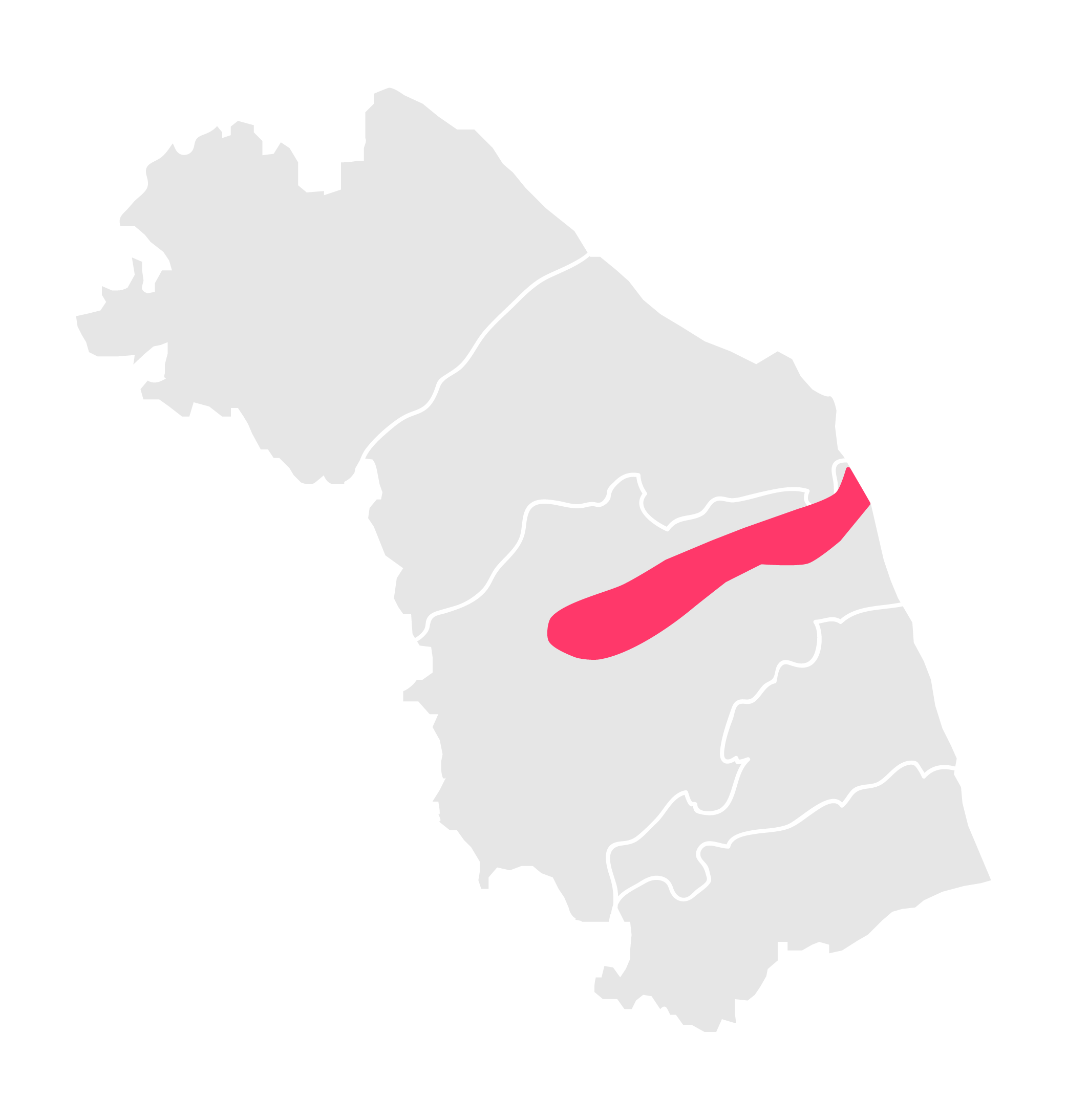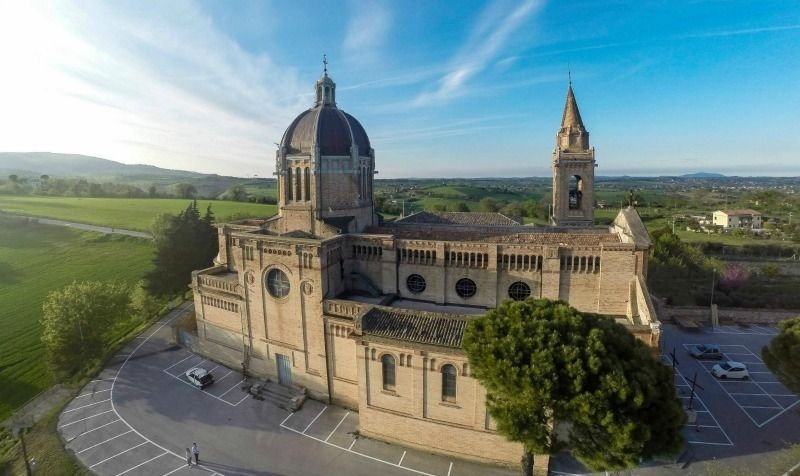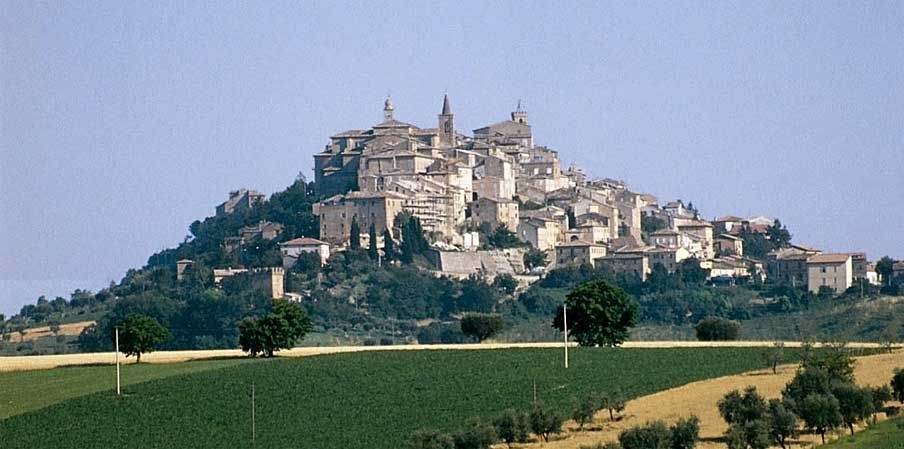
The territory of Treia has evidenced traces of human activity since prehistoric times. In particular, excavations carried out in the early 1960s in the district of Santa Maria in Selva, on a hill to the north of the Potenza River, have brought to light a context that ranges from the Neolithic period to the 4th - 3rd century BC. The remains of the Roman city of Trea, on the other hand, were identified as being on the plateau where there now stands the sanctuary of the S.S. Crocifisso, just over one kilometer from the beautiful historic center of Treia. The city was built immediately after the conquest of the Picene territory by Rome and became a municipality around the middle of the 1st century BC. According to the excavation data, Trea was probably abandoned around the 7th century AD, in line with events in other Roman centers in the same area. Trea enjoyed a strategic position as it was positioned on the route of the Flaminia Camellaria, connecting Nocera Umbra (Nuceria) to Ancona (Ankon), passing through San Severino (Septempeda), Trea and Osimo (Auxinum). This road constituted the Decumanus Maximus of the city, which was also connected to Cingulum and the nearby Ricina through a route that reached the Adriatic coast. Its position contributed to making Trea a very rich city, especially during the early Imperial Age. Trea's ruins were uncovered at the end of the 1700s thanks to the first excavation campaigns who identified some mosaic pavements, structures relevant to the basilica, presumably in the forum area, and sections of the fortified walls; these, however, are no longer visible except for some remains of the city walls, dating to the 1st century BC, in the "Mura Saracene" area. Excavations for the restoration of the sanctuary of the S.S. Crocifisso and subsequent investigations by the University of Macerata in the same area have permitted the identification of other structures from Roman times, specifically the remains of a sanctuary devoted to the worship of Egyptian gods, possibly built through the will of magistrates who had served in Egypt. These remains, also, are unfortunately not currently visible. All the finds recovered in the archaeological area, including those related to the sanctuary, are currently kept in the Archaeological Civic Museum of Treia.
We have found no place to eat in the vicinity
We have found no place to sleep in the vicinity
No Itinerary Found

|
Address | Contrada Santissimo Crocifisso Treia |

|
Viabilities | Camellaria |

